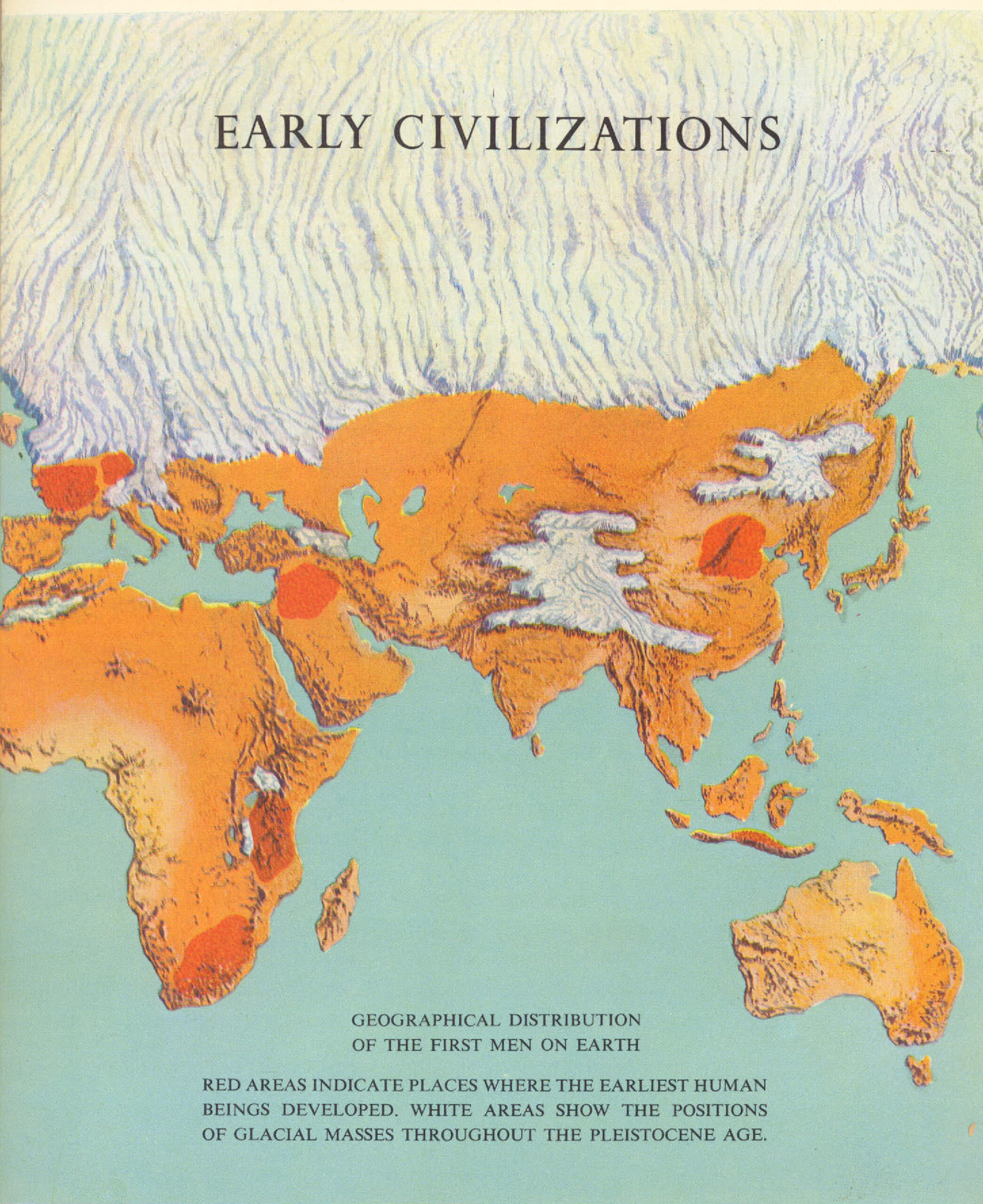Perhaps you have asked yourself, “What would I have done?” as you have read an adventure yarn or the true story of some person set down in a wild and remote spot. One of the most famous stories in the English language recounts the adventures of’ Robinson Crusoe, who was shipwrecked and cast ashore on an uninhabited island. Crusoe was completely alone and had only the few materials which he saved from the wreckage. With these and with what he found on the island, Crusoe had to provide his own food and shelter. Days and even weeks were required to …
Read More »Tag Archives: old stone age
The Coming of Man
About 400,000 years ago, a group of people were gathered at the mouth of a cave. They had a fire in which they were roasting deer meat and around them lay the bones of monkeys, wild pigs and water buffalo from previous meals. One of the women was picking berries from the nearby bushes. A man sitting close to the fire chipped away at a broken stone he would use to cut off chunks of the cooked meat. Another man, too hungry to wait, gnawed the marrow from some bones. The cave was one of several not far from what …
Read More »
